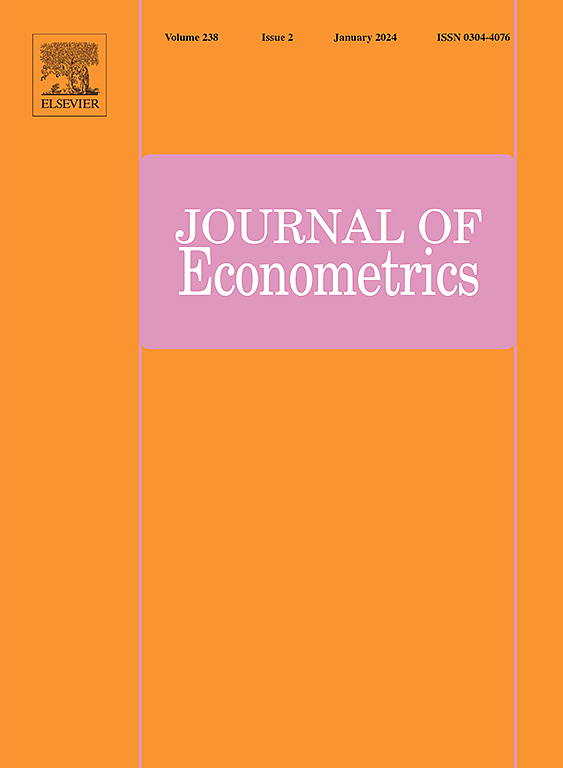Dimension-agnostic change point detection
IF 4
3区 经济学
Q1 ECONOMICS
引用次数: 0
Abstract
Change point testing for high-dimensional data has attracted a lot of attention in statistics, econometrics and machine learning owing to the emergence of high-dimensional data with structural breaks from many fields. In practice, when the dimension is less than the sample size but is not small, it is often unclear whether a method that is tailored to high-dimensional data or simply a classical method that is developed and justified for low-dimensional data is preferred. In addition, the methods designed for low-dimensional data may not work well in the high-dimensional environment and vice versa. In this paper, we propose a dimension-agnostic testing procedure targeting a single change point in the mean of a multivariate weakly dependent time series. Specifically, we can show that the limiting null distribution for our test statistic is the same regardless of the dimensionality and the magnitude of cross-sectional dependence. The power analysis is also conducted to understand the large sample behavior of the proposed test. Through Monte Carlo simulations and a real data illustration, we demonstrate that the finite sample results strongly corroborate the theory and suggest that the proposed test can be used as a benchmark for change-point detection of time series of low, medium, and high dimensions with complex cross-sectional and temporal dependence.
与尺寸无关的变化点检测
高维数据的变化点测试在统计学、计量经济学和机器学习等领域受到了广泛的关注,这是由于许多领域出现了具有结构断裂的高维数据。在实践中,当维度小于样本量但并不小时,通常不清楚是适合高维数据的方法还是开发并证明适合低维数据的经典方法更可取。此外,为低维数据设计的方法可能不适用于高维环境,反之亦然。在本文中,我们提出了一种针对多变量弱相关时间序列均值中单个变化点的维度不可知检验方法。具体来说,我们可以证明,无论横截面依赖性的维度和大小如何,检验统计量的极限零分布都是相同的。还进行了功率分析,以了解所提议的测试的大样本行为。通过蒙特卡罗模拟和实际数据说明,我们证明了有限样本结果有力地证实了该理论,并表明所提出的测试可以用作具有复杂横截面和时间依赖性的低、中、高维时间序列的变点检测基准。
本文章由计算机程序翻译,如有差异,请以英文原文为准。
求助全文
约1分钟内获得全文
求助全文
来源期刊

Journal of Econometrics
社会科学-数学跨学科应用
CiteScore
8.60
自引率
1.60%
发文量
220
审稿时长
3-8 weeks
期刊介绍:
The Journal of Econometrics serves as an outlet for important, high quality, new research in both theoretical and applied econometrics. The scope of the Journal includes papers dealing with identification, estimation, testing, decision, and prediction issues encountered in economic research. Classical Bayesian statistics, and machine learning methods, are decidedly within the range of the Journal''s interests. The Annals of Econometrics is a supplement to the Journal of Econometrics.
 求助内容:
求助内容: 应助结果提醒方式:
应助结果提醒方式:


